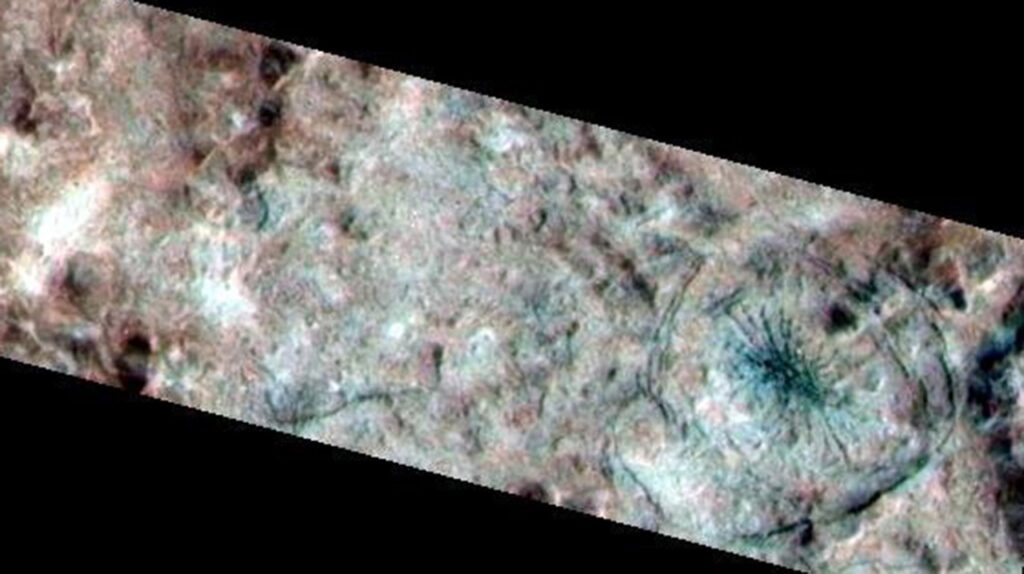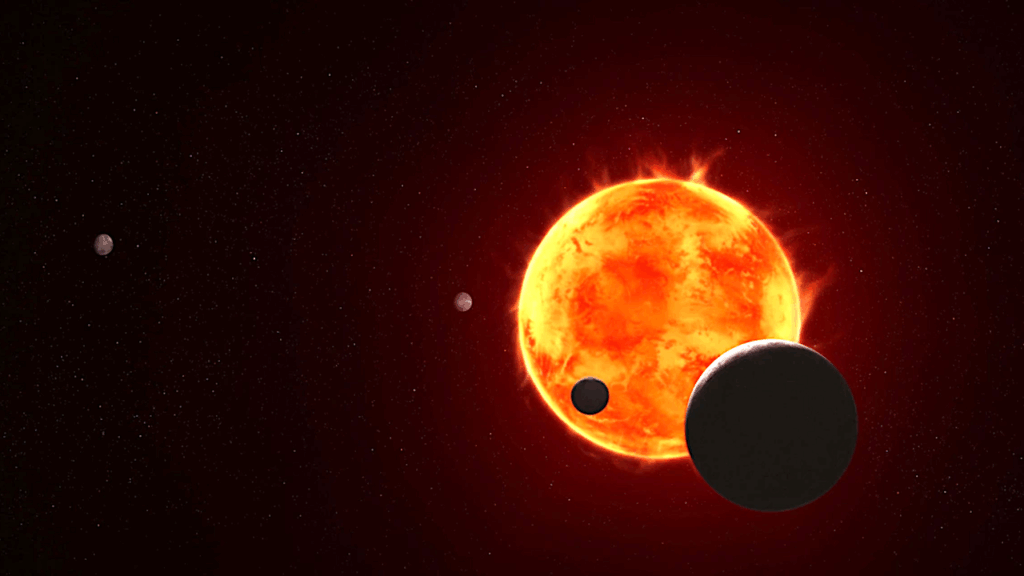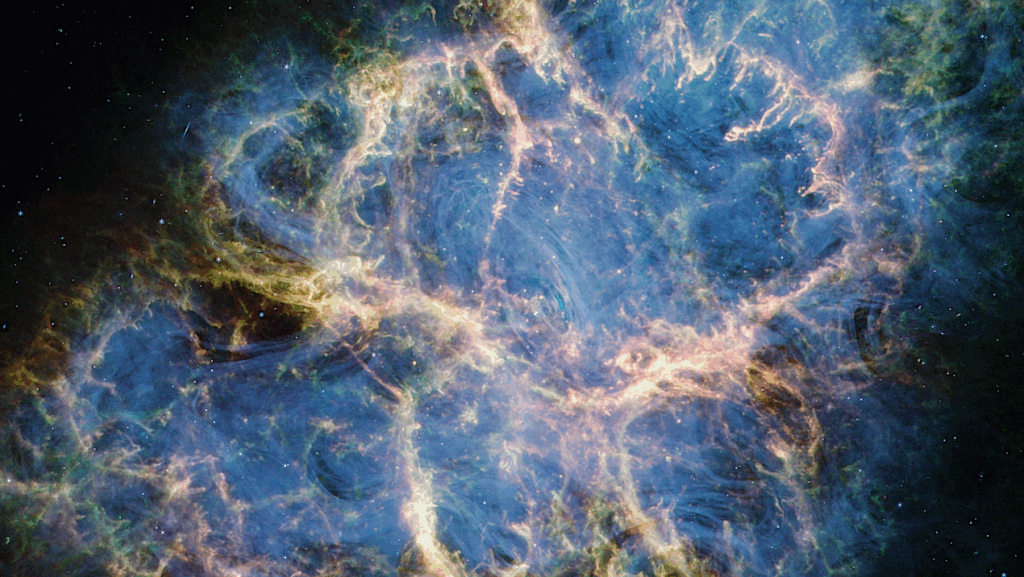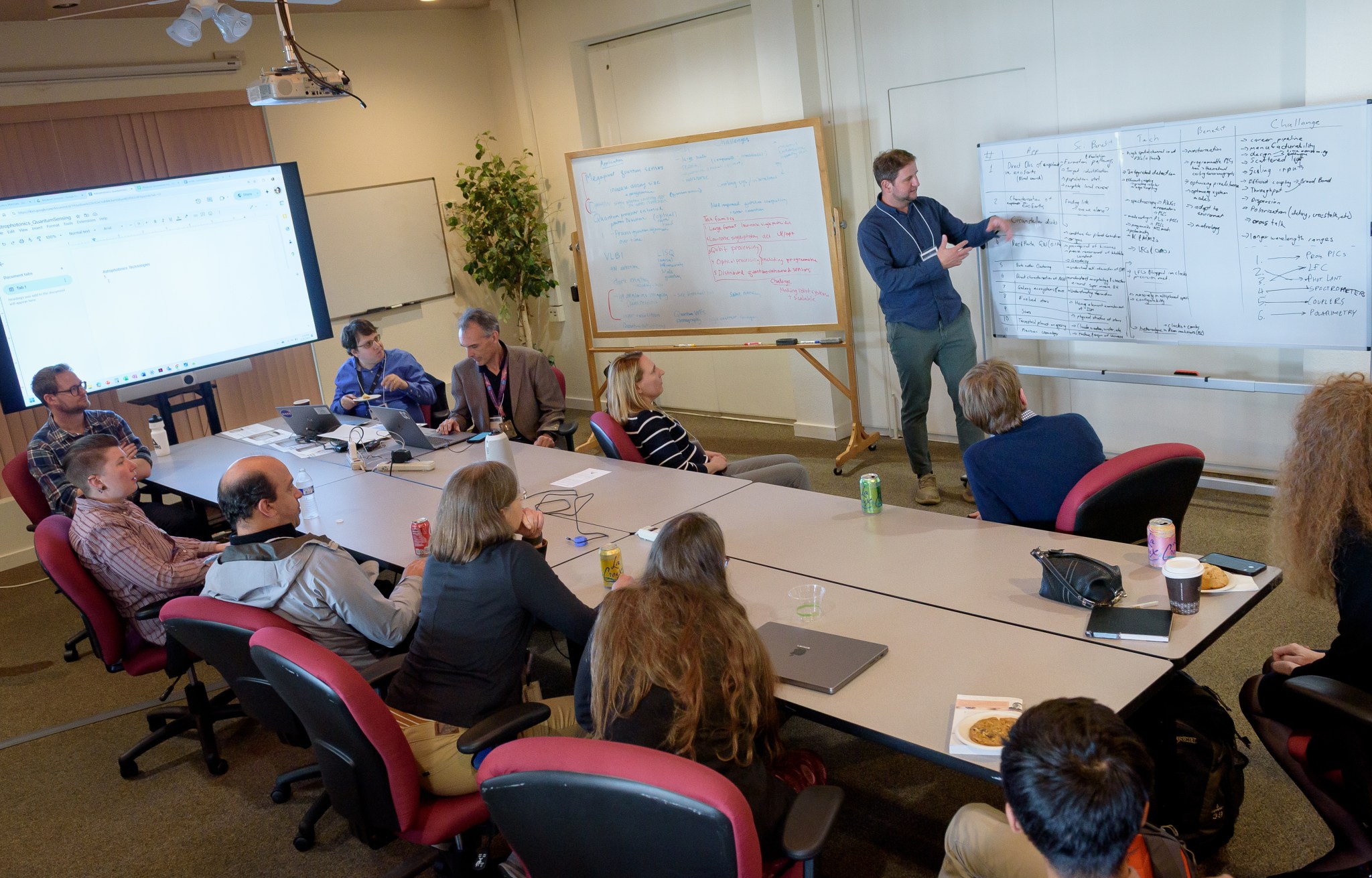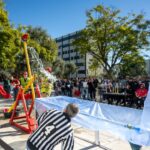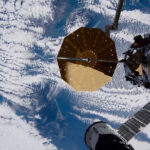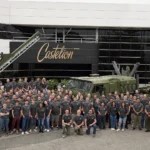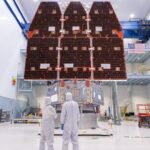Now Reading: NASA Spaceline Current Awareness List #1,146 25 April 2025 (Space Life Science Research Results)
-
01
NASA Spaceline Current Awareness List #1,146 25 April 2025 (Space Life Science Research Results)
NASA Spaceline Current Awareness List #1,146 25 April 2025 (Space Life Science Research Results)
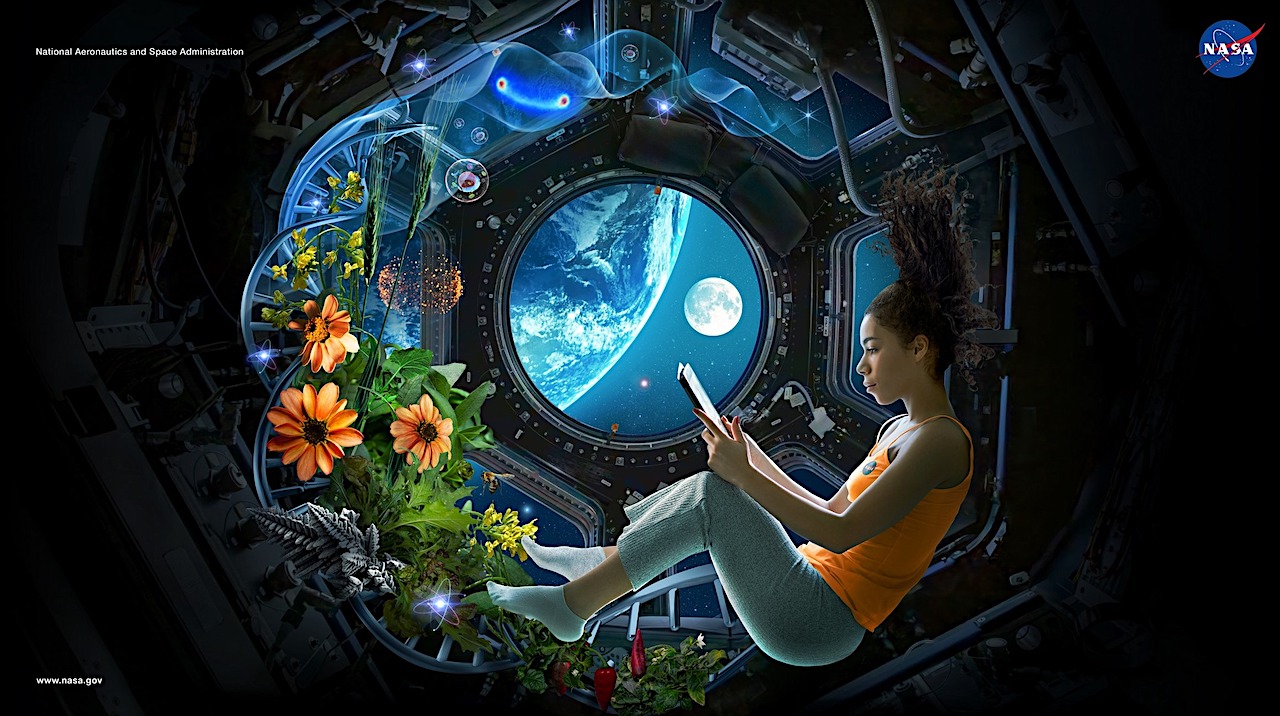

The abstract in PubMed or at the publisher’s site is linked when available and will open in a new window.
Journal Impact Factor: 3.8
Funding: “EEG data analysis (A.Q.L., M.S.G., P.C., S.P., R.B., P.F., M.F., F.M.) was in part supported by a grant [NASA Cooperative Agreement NNX16AO69A] from the Translational Research Institute for Space Health (TRISH) in Houston, TX.”
Journal Impact Factor: 3.7
Funding: “This study was supported by the Florida Space Grant Consortium (FSGC), and funded by the National Aeronautics and Space Administration by Cooperative Agreement number 80NSSC20M0093 (M.J.F.), UCF01-0000381921 (M.J.F.), and NASA grant 80NSSC21K0601 (K.C.R.).”
Journal Impact Factor: 2.9
Funding: “This research was supported from a ROSES grant from the National Aeronautics and Space Administration (NASA). …”
Journal Impact Factor: 2.0
Funding: “This work was supported by funding from the NASA North Dakota Space Grant Consortium. The author extends gratitude to the University of North Dakota Space Studies Department. Special thanks to the NASA Kennedy Space Center Crop Production Team for their invaluable guidance and continued support.”
Journal Impact Factor: Not available for this journal
Funding: “The work was supported through the Internal Grant Program of the F. P. Whiddon College of Medicine, University of South Alabama, and the Translational Research Institute through NASA Cooperative Agreement NNX16AO69A.”
Journal Impact Factor: Not available for this journal
Funding: “…This work was supported by NASA grant NNX16AO69A to the Translational Research Institute in Space Health at Baylor College of Medicine JB, PEE, TDN, REW National Institutes of Health grant S10OD028540 for Small Molecule Biomarker Core: TSQ Altis LC-MS/MS, and for all authors National Institutes of Health grant UL1TR001857 the University of Pittsburgh Clinical and Translational Science Institute for ‘Pitt+Me.’ …”
Journal Impact Factor: 3.2
Funding: “E.M.H. thanks NYU Tandon School of engineering for startup funds to her lab which supported CB’s salary as well as data storage and time on the NYU High Performance Computing cluster. C.E.M. thanks Igor Tulchinsky and the WorldQuant Foundation, Bill Ackman and Olivia Flatto and the Pershing Square Foundation, National Aeronautics and Space Administration (80NSSC24K0728), the US National Institutes of Health (R01AI125416, R21AI129851, R21EB031466, R01AI151059, and U01DA053941) for support with sediment sample collection, DNA extraction as well as data storage and computing at WCM. S.-O.K. thanks the US National Science Foundation (1758800, 1754995) and the US National Institutes of Health (R01MH125246) for support for core sample collection and DNA extraction. All sequencing was supported by funds from C.E.M.”
Journal Impact Factor: 4.0
Funding: “The author(s) declare that financial support was received for the research and/or publication of this article. This work was supported by the Faculty Research Support Fund at UHCL (No. A09S19) and NASA’s Science Mission Directorate.”
Stay Informed With the Latest & Most Important News
Previous Post
Next Post
-
 012024 in Review: Highlights from NASA in Silicon Valley
012024 in Review: Highlights from NASA in Silicon Valley -
 02Panasonic Leica Summilux DG 15mm f/1.7 ASPH review
02Panasonic Leica Summilux DG 15mm f/1.7 ASPH review -
 03How New NASA, India Earth Satellite NISAR Will See Earth
03How New NASA, India Earth Satellite NISAR Will See Earth -
 04And Thus Begins A New Year For Life On Earth
04And Thus Begins A New Year For Life On Earth -
 05Astronomy Activation Ambassadors: A New Era
05Astronomy Activation Ambassadors: A New Era -
06SpaceX launch surge helps set new global launch record in 2024
-
 07From Polymerization-Enabled Folding and Assembly to Chemical Evolution: Key Processes for Emergence of Functional Polymers in the Origin of Life
07From Polymerization-Enabled Folding and Assembly to Chemical Evolution: Key Processes for Emergence of Functional Polymers in the Origin of Life












